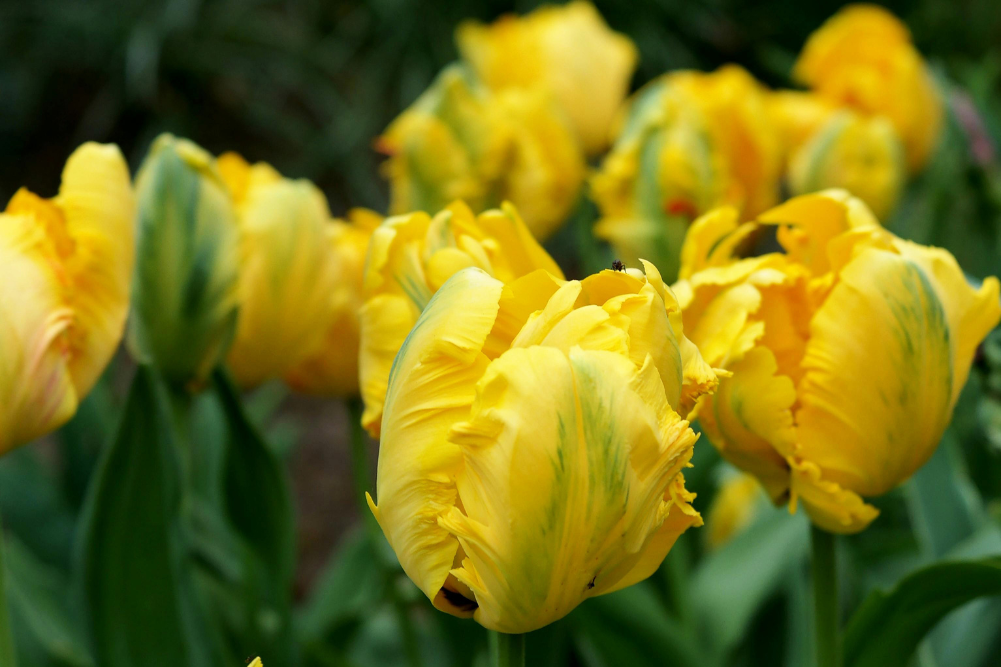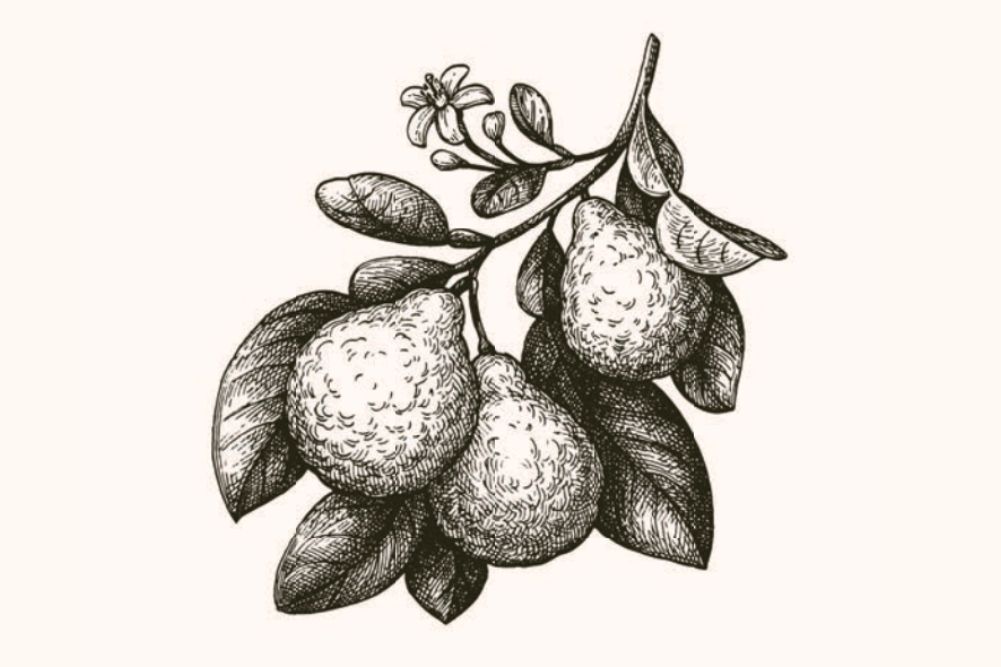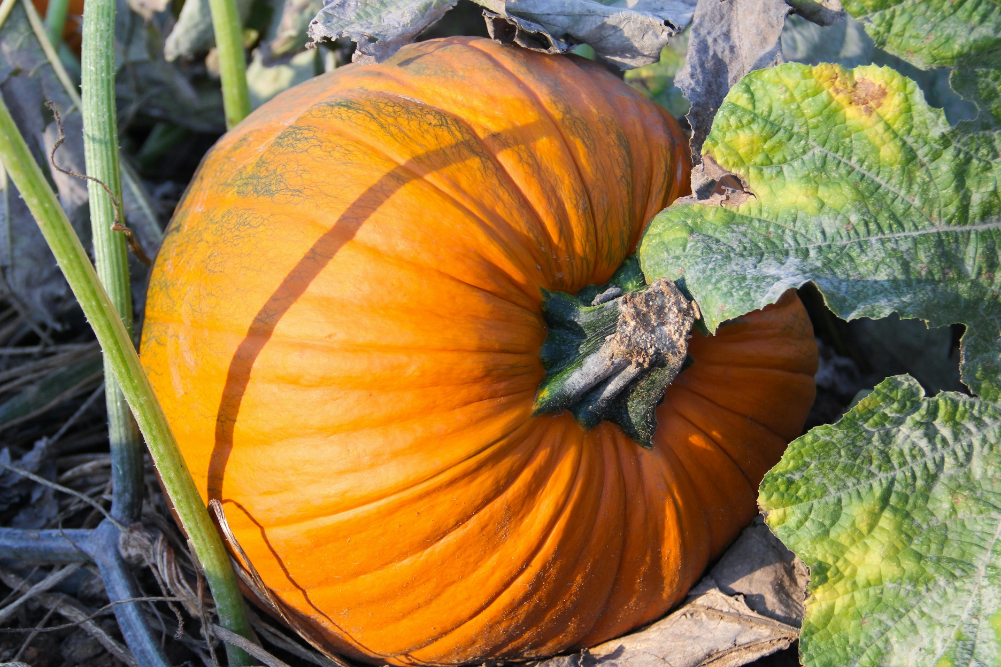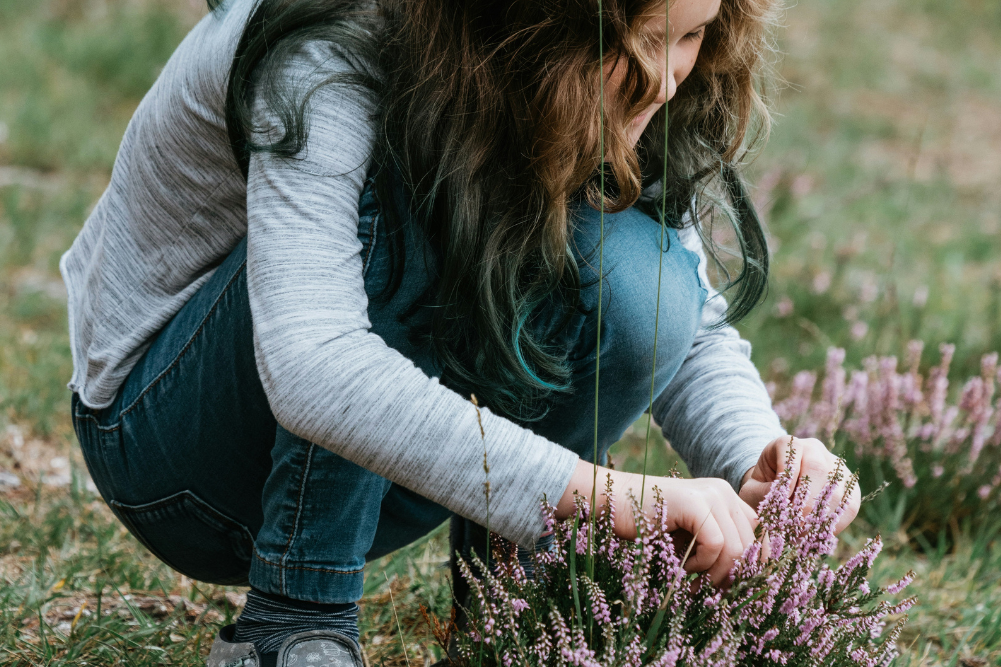How to grow the perfect plum crop
Plum trees give you lots, which is the best possible thing a fruit tree can give you. Lots to eat fresh, to freeze whole for winter feasts or breakfasts, to make into jam or to give to friends.
Plums are among the world’s hardiest trees, too. Once they’ve been in a year or two, they’ll survive drought, extreme heat, cold that will freeze the wombat droppings and gale-force winds.
You can grow plums anywhere except tropical areas, as long as you choose varieties that don’t need chilling. Ask at your local garden centre and they’ll show you the best plums for your area as there are lots of varieties.
You can even choose the size of your plum tree. There are small, neat trees like Santa Rosa, lovely weeping plums that look stunning in spring, and wonderful red-leafed plums, which have small, red, delicious fruit that make wonderful jam — though do make sure you buy a red-leafed plum that fruits, as some are bred to just have leaves and blossom.
Unless you grow your own, you probably have no idea just how varied plums can be. You can have big, fat beauties with dark-red flesh or tiny sweet yellow plums or greengages that have green skin and yellow-green flesh. There are black purple-skinned tiny damson plums, excellent for jam, or even tinier sloes, celebrated for sloe gin.
Other superb blue “jam plums” include Early Orleans or Black Diamond, or the yellow-fleshed Formosa or Doris Fisher, or dark-red Satsuma. They are good eating plums, too. If you feel like drying plums to have homemade prunes, try D’Agen, which can be eaten fresh, made into jam or dried. A slightly less conventional but still delicious pale prune can be made from Coe’s Golden Drop plums. They are also juicy and sweet eaten fresh and make a stunning jam.
Meatier plums for eating fresh, making jam or stewing include Angelina and Ruby Blood. If your taste is for a softer juicier plum, go for President, Santa Rosa, Narabeen or Mariposa. You can choose early, medium or late-fruiting trees, too, depending on whether you usually go on holidays in January. The last thing you need on your first day back Home is six cases of squishy plums on the ground.
Plums need almost no work. Feed, water and mulch them till they are established, then let them feed you.
Make sure you get varieties that don’t need cross-pollination, or buy two compatible ones. Two plum trees are even better than one, anyway. Other plums are “self fertile” and will fruit by themselves. Japanese plums won’t pollinate European plums: ask when you buy your plums to make sure you have two compatible varieties.
Some people think the ones that require cross-pollination give the most glorious fruit (I’m one of them), but some of the self-pollinators are great, too; so, if you only have room for one tree, don’t let that put you off. You can also buy a double-grafted plum with the two necessary varieties on the one trunk.
Possibly the loveliest fruit tree I know is a red-leafed plum with a Climbing Albertine rose clambering up through the branches. And one of the most gorgeous streets has crab apples alternated with red-leafed plums: red and green and red and green, with fruit from all of them, plums to eat fresh and crab apples for jelly, and both incredibly hardy once established.
Plums need almost no work. Feed, water and mulch them till they are established, then let them feed you. They don’t need pruning, either. The skin of plums is so tough that, as long as you pick them before they get overripe and squishy and fall off the tree, they probably won’t get fruit fly. That is “probably”, though: in warmer climates, or if your garden is already infested, they may get stung. Usually, though, a plum has to be fully soft and ripe to get fruit fly, and they are so sweet that picking them slightly before they are fully ripe is no hardship.
Plums will grow best in fertile, deep, well-drained soil but they are one of the few fruit trees that will survive in soil that’s badly drained, as long as it isn’t permanently damp.
Plums’ only major pests are fruit fly. If you find tiny grubs in your fruit, you have fruit fly. Use fruit-fly traps or cover clumps of fruit or small trees in fruit-fly netting, and never leave soft or fallen fruit on the ground or on the tree.
Birds may eat some of your plums, but a good plum crop usually gives enough for you and the birds, too. The other problem is trees that fail to fruit. It’s a myth that a non-fruiting plum will fruit the next year if you give the tree a ruthless pruning. The problem is more likely to be lack of pollination, or poor fruit set in damp years when the air is too sodden for bees to fly.
But the most likely problem is how to cope with your large plum crop each year. Luckily, plums freeze well. You can stew them first or just put them whole in freezer bags, freeze and cook them as you need them through winter, either stewed or as jam. Plum jam is not just delicious but one of the easiest to make for a beginner: rich in pectin that helps it set. Commercial plum jam is just a boring red. Your own will have the colour of your plums, from rich gold to pale green or almost cherry black.
I think my favourite way to eat plums is stewed with muesli for breakfast. There’s no need to add sugar: just take out the seeds, stew till soft, then freeze in small cartons till needed. Luxury, all year round — just from one plum tree.








